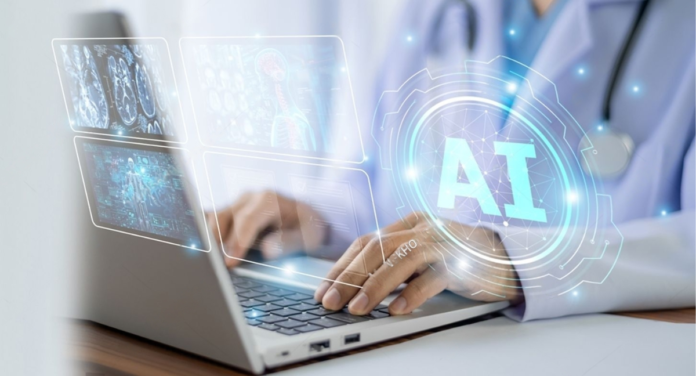A draft guidance was released in England on October 22, 2024. In it, the National Institute for Health and Care Excellence (NICE) suggested using AI tools from TechCare Alert, BoneView, RBfracture, or Rayvolve for X-ray imaging of bone fractures.
This guideline has once again highlighted the relevance of AI in the healthcare sector. According to NICE, in 3-10% of bone fracture cases, diagnostic errors occur because of manual detection and a lack of trained experts.
An AI-powered X-ray diagnostic solution consists of algorithms that can analyze vast amounts of data. This helps medical practitioners identify patterns between historical trends and current medical queries with speed and high precision.
Read More: Can AI Robots In Caregiving Bridge the Gap in Geriatric Nursing?
The Indian radiology sector is also witnessing rapid advancements, and utilizing AI solutions will further enhance X-ray diagnostics. The radiology market in India is expected to grow at a CAGR of 12-15% in the next five years.
By integrating AI into radiology workflows, medical professionals can automate processes such as image scanning, report generation, and healthcare data management. This improves the efficiency of clinical workflows, leading to better and more personalized treatment.
AI-based X-ray solutions produce high-quality images, enabling radiologists to ensure the accuracy of outcomes. They facilitate fast and precise identification of hairline fractures and diseases such as small tumors or pneumonia. Patients can make use of these results to take early-stage prevention and treatment in advance.
According to Business Standard, as per the recently published Health Dynamics of India 2022-23 report, many sub-centers in rural India do not have their own buildings. Sub-centers are the initial point of contact between rural communities and primary healthcare centers (PHCs).
Due to the lack of such infrastructure, it is not feasible to deliver high-quality and advanced healthcare services in rural and remote areas. The medical fraternity, especially radiologists, can utilize artificial intelligence and teleradiology to provide services in distant areas. AI can speed up the analysis and delivery of services in such geographies, reducing downtime and assuring timely mitigation of any medical issue.
While interacting with Express Healthcare, Dr Bilal Thangal T M, Medical Lead, NURA, said that AI-enabled X-ray imaging has a promising future in India. However, for effortless integration of these services into existing workflows, we need to work on resolving the current challenges. These include the absence of regulatory frameworks, data security, and the lack of skilled radiologists.
Once the concerns are resolved, India can develop a robust healthcare sector that offers a wide range of services to every nook and corner of the country.


